From the inception of an idea to the final assembly line, the process of producing a car involves a myriad of components, technologies, and skilled labor. But have you ever wondered about the actual cost of creating a car?
In this article, we will delve into the fascinating world of car production costs, exploring the factors that influence the expenses involved in bringing a vehicle to market.
How Much Does It Cost to Produce a Car?
The production expenses of a car can vary significantly, typically falling within a broad range of $35,000 to $135,000 on average. This wide span reflects the myriad factors influencing the final cost.
What Are the Factors Influencing the Cost to Produce a Car?
Raw Materials
The selection and quality of materials significantly impact the overall expenses. Steel, aluminum, plastics, rubber, and glass are just a few of the essential resources required. The price of these materials fluctuates due to factors like market demand, availability, and global economic conditions.
Additionally, advancements in lightweight materials, such as carbon fiber composites, contribute to higher costs but offer benefits like improved fuel efficiency. Striking a balance between cost-effectiveness and ensuring durability and safety standards is a constant challenge for manufacturers.
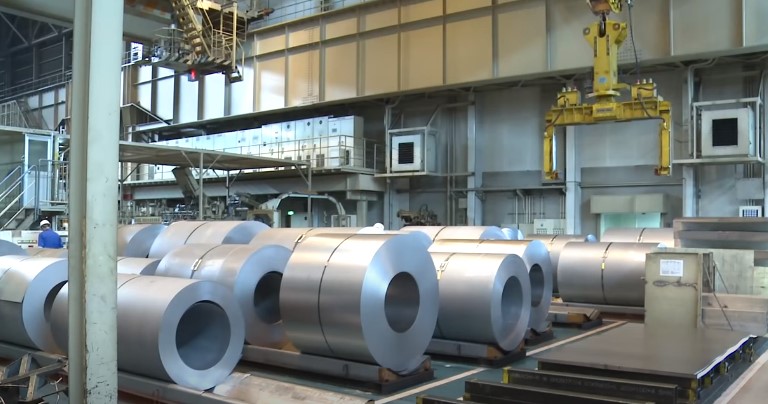
The ever-evolving landscape of raw material availability and pricing poses a constant factor of influence on the overall cost to produce a car.
Packaging Cost
Packaging refers to the materials and processes involved in protecting and transporting various components of a vehicle during the manufacturing and assembly stages. These components can include engine parts, body panels, interior components, and electronic systems.
Proper packaging ensures that parts arrive in pristine condition, minimizing the risk of damage or defects. Factors impacting packaging costs include the type and quantity of packaging materials, such as foam, bubble wrap, and crates, as well as labor and logistics involved in packaging and unpacking.
Balancing the need for efficient and protective packaging while controlling expenses is essential for manufacturers aiming to optimize costs without compromising product quality.
Research and Development
As automotive manufacturers strive for innovation, R&D efforts become crucial in developing new technologies, safety features, fuel efficiency improvements, and design enhancements.
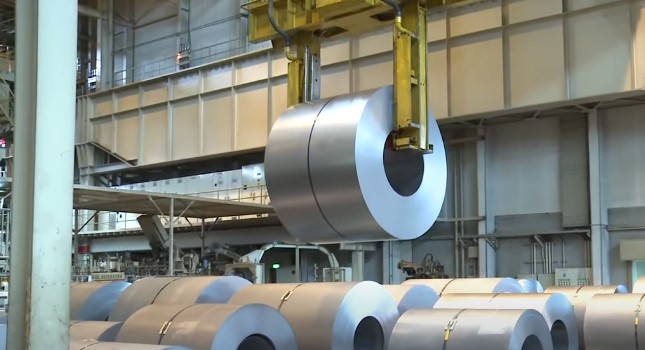
The expenses incurred during the research and development phase, including investments in engineering talent, testing facilities, prototyping, and simulation tools, significantly impact the overall production cost. Furthermore, stringent regulatory standards and the need to meet evolving customer expectations necessitate continuous R&D investments.
While these expenses contribute to higher production costs, they are essential for staying competitive, driving innovation, and ensuring that vehicles meet the ever-changing demands of the market.
Balancing R&D investments with cost considerations becomes a delicate task for manufacturers seeking to create cutting-edge cars while managing production expenses effectively.
Logistics Cost
The complex supply chain involved in sourcing and delivering various components from suppliers to the manufacturing facility adds significant expenses. Transportation costs, including shipping, freight, and customs, impact the final cost.
The location of suppliers and the manufacturing plant, as well as the distance between them, can affect logistics expenses. Just-in-time production strategies aim to minimize inventory holding costs but require efficient coordination and reliable logistics.
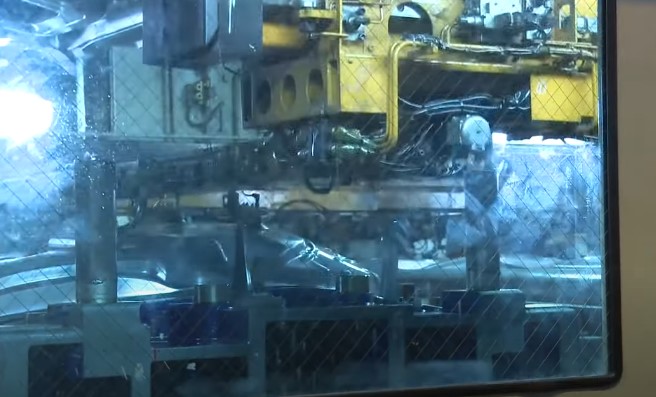
Additionally, the distribution of finished vehicles to dealerships worldwide involves further transportation and delivery costs. Optimizing logistics operations, streamlining supply chain processes, and leveraging economies of scale are vital considerations for automakers looking to manage logistics costs and enhance profitability.
Energy Costs
The automotive manufacturing process requires substantial amounts of energy, from powering machinery and equipment to maintaining facilities. Energy costs are influenced by factors such as the type of energy source used, its availability, and market prices.
Manufacturers increasingly focus on sustainability, incorporating energy-efficient technologies and renewable energy sources to mitigate costs and reduce environmental impact. However, the initial investments required for implementing energy-saving measures can impact production costs.
Balancing energy consumption with cost considerations becomes crucial for automakers as they strive for both operational efficiency and environmental responsibility. Managing and optimizing energy usage throughout the production process are essential strategies to control costs and ensure long-term sustainability.
Greenhouse Gas Emissions Cost
As the global focus on sustainability and environmental impact intensifies, automakers face mounting pressure to reduce their carbon footprint. The production of vehicles contributes to greenhouse gas emissions through various processes, including manufacturing, transportation, and energy consumption.
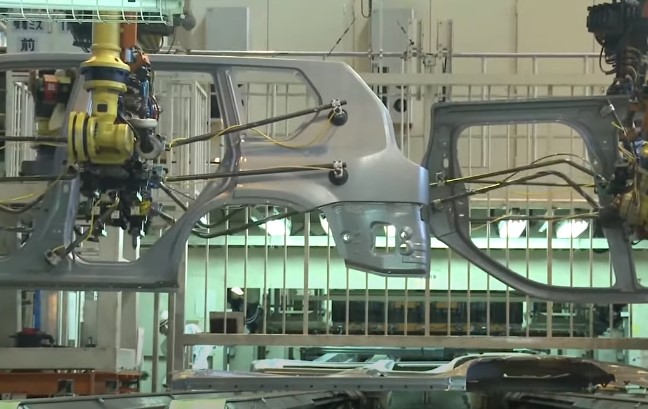
To mitigate these emissions, manufacturers are investing in cleaner technologies, such as electric vehicles and hybrid systems, which often involve higher production costs due to expensive components like batteries.
Additionally, regulatory frameworks and government policies aimed at reducing emissions may impose penalties or require compliance measures, adding to the overall production cost.
Balancing the need for eco-friendly practices while managing cost implications is a challenge for automakers as they strive to align with sustainability goals and meet evolving market demands.
Direct Labor
Skilled and specialized labor is essential for assembling components, conducting quality checks, and ensuring precise craftsmanship throughout the manufacturing process. Labor costs can vary widely depending on factors such as geographical location, prevailing wages, and labor market conditions.
Higher labor costs may arise in regions with stricter labor regulations or higher standards of living. Additionally, the complexity of assembly processes and the level of automation employed impact direct labor requirements and associated costs.
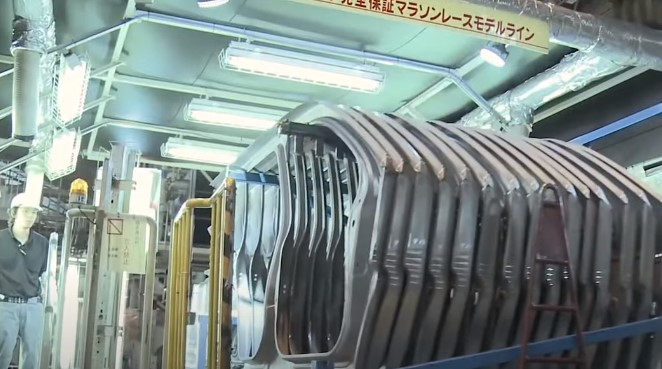
Achieving a balance between skilled labor and automation is crucial for manufacturers, as they strive to optimize production costs while maintaining product quality and efficiency.
Efficient workforce management, training programs, and technological advancements all play a role in managing direct labor costs effectively.
Advertising Charges
Automakers heavily invest in marketing and advertising campaigns to promote their vehicles and create brand awareness. Advertising expenses include various elements such as media placements, creative development, digital marketing, and promotional events.
The scale and reach of these campaigns can significantly impact production costs. High-profile advertising campaigns and endorsements by celebrities or influencers can command substantial fees. Additionally, launching new models or entering new markets may require increased advertising expenditures to gain visibility and market share.
Striking a balance between effective marketing strategies and managing advertising costs is crucial for automakers aiming to maximize brand exposure while ensuring a competitive edge in the market.
Sales Tax
When consumers purchase a vehicle, they are often subject to sales tax imposed by governmental authorities. The rate of sales tax can vary depending on the jurisdiction, with different regions and countries having their tax regulations.
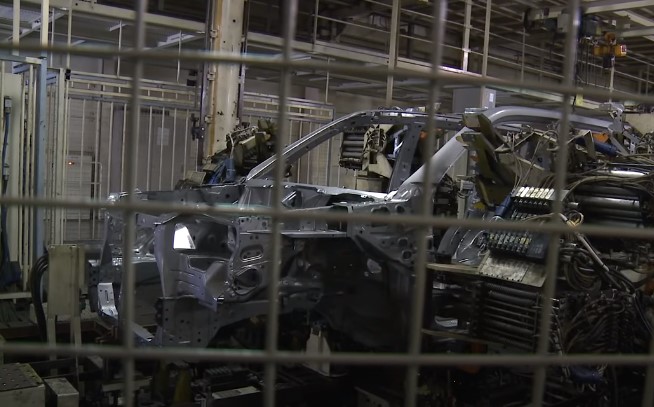
The sales tax is typically a percentage of the total purchase price and can significantly impact the overall cost of a car. Automakers must consider sales tax implications when pricing their vehicles, as higher tax rates can affect affordability and consumer demand.
Understanding and accounting for sales tax is crucial for manufacturers to accurately calculate the final cost of a car and remain competitive in the market.
What Goes Into Making a Car?
The process of making a car involves a complex and intricate series of steps that require careful planning, engineering, and manufacturing expertise. From design to assembly, various components and processes come together to create a fully functional vehicle. Below are the key aspects that go into making a car.
Design and Engineering
The first stage of making a car involves design and engineering. Automotive designers and engineers work together to develop the exterior and interior aesthetics, as well as the functional aspects of the vehicle.
This includes creating concept sketches, digital modeling, and conducting extensive research and development to ensure the design meets safety and performance standards.
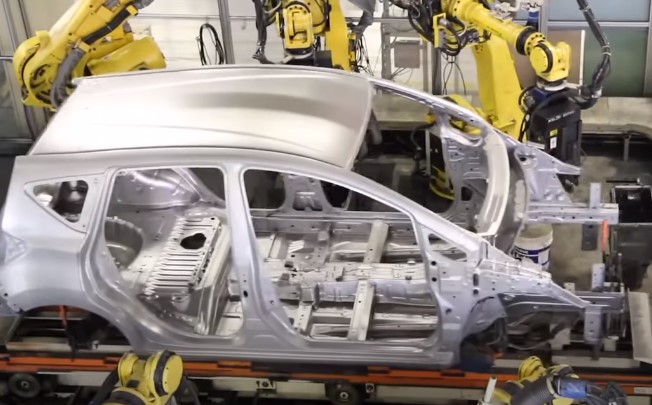
Raw Materials
The production of a car requires a wide range of raw materials. Steel, aluminum, plastics, rubber, glass, and various alloys are just a few examples. These materials are sourced from suppliers and undergo quality testing to meet specific standards.
The choice of materials depends on factors such as durability, weight, cost, and safety requirements.
Manufacturing Processes
Manufacturing processes play a crucial role in turning raw materials into car components. These processes include stamping, welding, casting, forging, and molding. Precision machinery and robotic systems are often used to ensure accuracy and efficiency.
Advanced technologies like computer-aided manufacturing (CAM) and computer numerical control (CNC) machining enhance production capabilities.
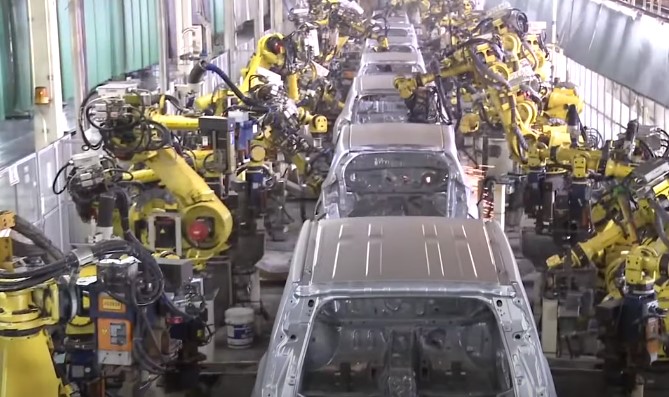
Assembly Line
The assembly line is where all the components of a car come together to form the final product. This involves attaching the body panels, engine, transmission, electrical systems, and interior features.
Assembly line workers, often assisted by robots, follow strict procedures to ensure proper fit, alignment, and functionality of each component. Quality checks and inspections are conducted throughout the assembly process.
Testing and Quality Control
Before a car is ready for the market, it undergoes rigorous testing and quality control measures. This includes performance testing, safety assessments, and validation of various systems such as brakes, suspension, and electronics.
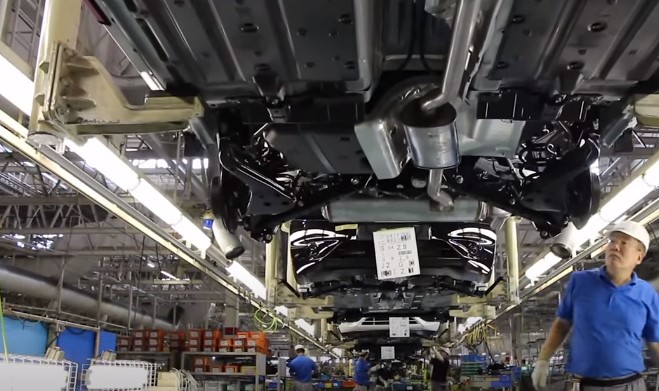
Vehicles are subjected to environmental simulations, crash tests, and extensive inspections to ensure they meet regulatory standards and customer expectations [1].
Paint and Finishing
Once the vehicle has been assembled and tested, it goes through the painting and finishing process. The car body is primed, painted, and clear-coated to provide a protective and aesthetically pleasing finish. Attention to detail is crucial in achieving a flawless exterior appearance.
Interior finishing, including upholstery installation, dashboard assembly, and final detailing, adds the final touches to the car’s interior.
Distribution and Sales

After the manufacturing process is complete, cars are distributed to dealerships for sale. This involves logistics planning, transportation, and coordination to ensure vehicles reach their intended destinations. Marketing and sales efforts are undertaken to promote and sell the vehicles to customers.
Conclusion
The cost to produce a car is influenced by a myriad of factors such as raw materials, research and development, logistics, energy costs, and more. Understanding these factors is key to comprehending the complexities behind the final price tag of a vehicle.
From the intricacies of manufacturing to the pursuit of innovation, the cost of producing a car is a fascinating realm worth exploring.

